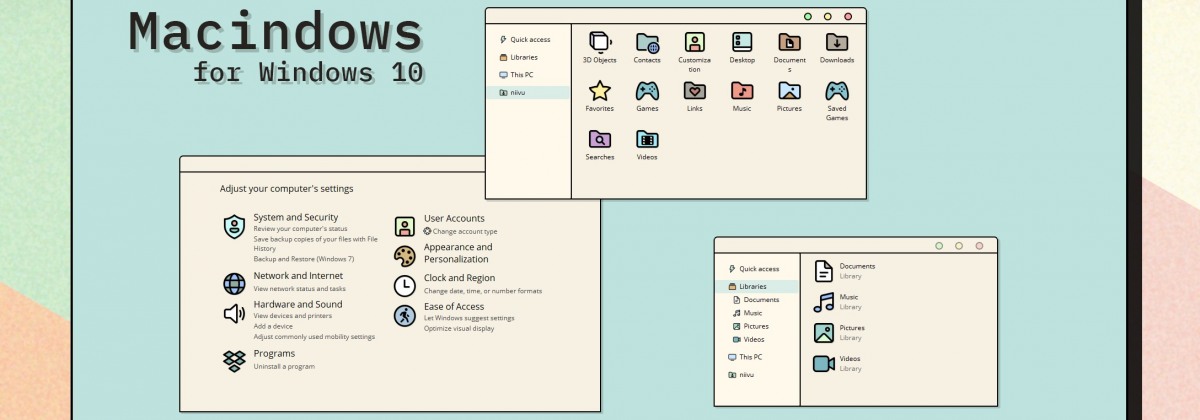


The familiar icons and desktop format vanished. It initially forced users on computers with a keyboard and mouse into a tablet-style interaction on the home screen. Windows 7 followed Vista in 2009, confronting users with massive changes. Designed for high-powered computers, Vista was often excruciatingly slow and frustrating to use on older machines that comfortably ran XP. It was considered an inferior, bloated and unusable system by many commentators, including Time magazine. In 2007, Windows Vista - the successor to XP - was released. This was further evidence of changing attitudes at Microsoft the company was centred on prioritising users. This combined all their developer tools for a variety of programming languages, including Visual C++ and Visual Basic, and the new “object-oriented” language C# – a rival to the popular Java language.
#Macindows exp software#
NET, a software suite for building new Windows programs. Wikimediaĭuring the tenure of XP, Microsoft also launched Visual Studio. The most current version of this screen includes a sad-face emoticon and a QR code for troubleshooting. The original ‘blue screen of death’ from Windows NT would have been largely nonsensical for most people. As a result, the Windows operating system defined many people’s computing experience.
#Macindows exp full#
These personal and business computers arrived with a full suite of Microsoft software pre-installed and ready to use. XP also came at a time when more people than ever were buying their first personal computer. Windows XP launched on October 25, 2001, during a golden age at Microsoft when the company was achieving its highest revenues yet, dominated the PC market, and had taken a strong lead over Netscape in the browser wars (after the latter led the race through the 1990s). Microsoft provided security support in a few special cases, such as for military use, until 2019 - an incredible 18 years after the initial release.īut what made XP excel? And what has Microsoft learned in the two decades since its release?Īirports, ATMs, hospitals: Microsoft Windows XP leak would be less of an issue, if so many didn't use it When mainstream support for XP ended in April 2009, it was running on a huge 75% of Windows computers and about 19% of people were still using XP when extended security support finished in 2014. Twenty years on from the public release of Windows XP, the popular operating system is still regarded one of Microsoft’s greatest achievements.Īs of August this year, Windows XP still maintained a greater market share than its successor, Windows Vista.


 0 kommentar(er)
0 kommentar(er)
